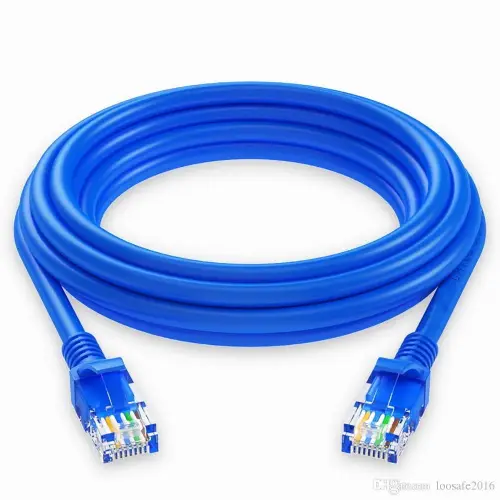Home >Data Networks
Home /Data Networks

A Local Area Network (LAN) is a type of data network that spans a relatively small geographic area, such as a home, office building, campus, or a group of nearby buildings. LANs are designed to allow computers and devices within this limited area to connect and communicate with each other. Here are some key characteristics and components of LANs:
- Geographic Scope: LANs cover a small and localized area, typically within a single building or a cluster of nearby buildings. They are not meant to span large distances like Wide Area Networks (WANs) or the Internet.
High Data Transfer Speed: LANs are known for their high data transfer rates, often reaching gigabit speeds or more. This high-speed communication is essential for supporting applications like file sharing, video conferencing, and local server access.
Private Ownership: LANs are typically owned, set up, and managed by a single organization or individual. This control allows the network administrator to configure and secure the network according to their specific needs.
Topologies: LANs can be set up using various network topologies, including:
- Star Topology: All devices are connected to a central hub or switch.
- Bus Topology: Devices are connected in a linear fashion along a single communication line.
- Ring Topology: Devices are connected in a circular manner, with data circulating in one direction.
- Mesh Topology: Every device is connected to every other device for redundancy and fault tolerance.
Ethernet: Ethernet is the most common technology used for LANs. It uses Ethernet cables (e.g., Cat 5e, Cat 6) to connect devices to switches or routers. Ethernet LANs can operate over copper or fiber optic cables.
Wi-Fi (Wireless LAN): Wireless LANs use radio waves to connect devices without the need for physical cables. Wi-Fi is a popular technology for wireless LANs, allowing laptops, smartphones, tablets, and other wireless devices to connect to the network.
Network Devices:
- Switches: Switches are commonly used in Ethernet LANs to connect devices within the same LAN segment. They operate at Layer 2 (Data Link Layer) of the OSI model and efficiently forward data to the appropriate destination device.
- Routers: Routers are used to connect different LANs or to connect a LAN to a WAN, such as the Internet. They operate at Layer 3 (Network Layer) and route data between different IP subnetworks.
- Access Points (APs): In wireless LANs, access points provide connectivity for wireless devices. They bridge the wireless network with the wired LAN.
IP Addressing: Devices within a LAN are typically assigned IP addresses from a private address range, such as those defined by RFC 1918 (e.g., 192.168.0.0/16, 10.0.0.0/8). Routers in the LAN often provide Network Address Translation (NAT) to allow multiple devices to share a single public IP address when accessing the Internet.
LAN Services: LANs support various services and applications, including file sharing, printer sharing, internet access, and the hosting of local servers for email, web services, and more.
Security: LANs often incorporate security measures like firewalls, intrusion detection systems, and access controls to protect the network from unauthorized access and threats.
LANs play a crucial role in facilitating local communication and resource sharing within organizations and homes. They are the building blocks of larger networks like WANs and the Internet, as these networks are often interconnected through routers and other networking equipment.
Our Services
- Data Networks
